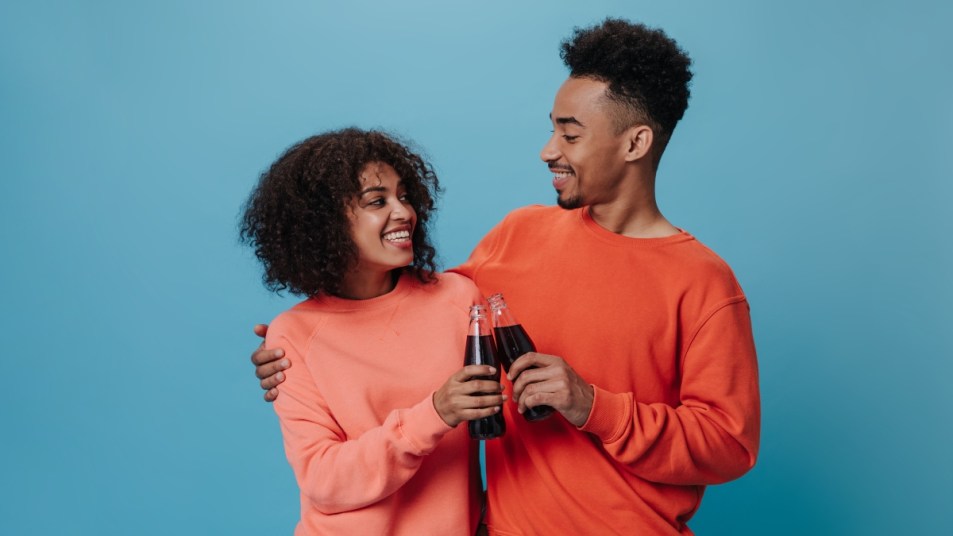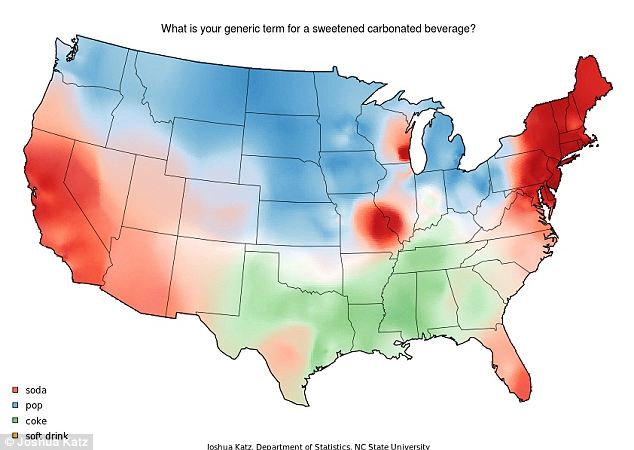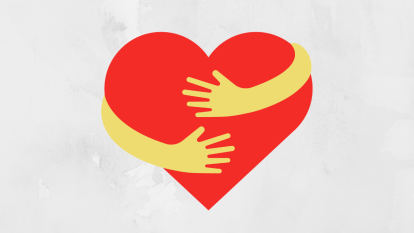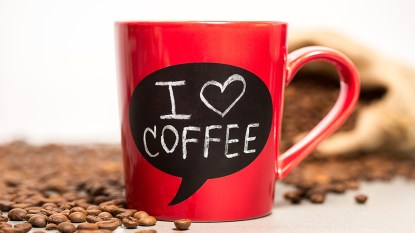Coke vs. Soda vs. Pop — Why the Different Regional Names (And Which One Is Actually Correct)?
Learn why you call it what you do.

If you’ve ever tried to order a “soda” at a restaurant in certain parts of the United States, you might’ve been taken aback by your server’s confusion. “You want pop?” they might ask. That’s fine — they’re the same thing — but why such different names? Though Americans love our sweet, bubbly drinks (sometimes to our detriment), our terms for them seem to change across state lines. To some, a carbonated beverage is a “pop,” and to others, “soda.” To others still, “coke” is the name for it, even if they’re looking for a Pepsi product.
Language is fluid and ever-changing, so no one term is “right” or “wrong.” But there are multiple reasons people call soft drinks different things. Whether you’re convinced it’s soda or pop, keep reading — we’ll explain what may have influenced your vocabulary based on where you live.
The Lowdown on Regional Dialect
Americans live in the same country, regardless of state. So why do we all speak so differently? Think about accents for a moment. People from the midwest, northeast, and deep south all sound different when they speak; that’s because peoples’ cultures and traditions inform the way they’re taught to verbalize. It’s the same with terminology — it makes sense that the words we use would differ as well. While accents and vocabulary are not the same thing, they go hand-in-hand because they are, in many ways, tied to certain regions.
The size of our country is one reason we have so many different dialects. “The patterns of settlement when the area was first discovered and developed have a huge impact,” says James Lantolf, professor and language expert at Penn State. As people first came to America, they migrated around the country. “All of [America’s] English speaking started on the eastern coast and spread west from there, and people took their [language habits] with them,” says James Katz, linguistic researcher and author of Speaking American: How Y’all, Youse, and You Guys Talk (Buy from Amazon, $10.18).
This phenomenon is especially true for consumables like carbonated drinks. A lot of these naming differences “have to deal with food, because a lot of these dialects are tied up with people’s identities and the places where they come from,” explains Katz. “Each region has its own kind of foods.” The traditions around foods differ greatly from region to region, sometimes even from state to state — so it stands to reason that the food and beverage terminology would differ as well.
Who Says What — And Why?
Though the terms for carbonated drinks vary, their consumption is pretty ubiquitous. In 2018, Americans drank almost 40 gallons of the stuff per person, according to research by Statista. For a drink so widely popular, it’s interesting that it goes by so many different names. Katz created the map below to show what parts of America primarily use soda, pop, or coke.

Soda
As you can see in Katz’s map above, “soda” is the preferred term for sweet, carbonated drinks along the East and West coast, but most densely in the northeast region. One potential explanation is that New Haven, Connecticut was the site of the nation’s first soda fountains, or machines dispensing carbonated water, in the 1800s. “Soda” became synonymous with bubbly bevvies to East coasters.
Pop
If you call it “pop” instead of “soda,” you may be from the mid or northwest. According to research published in the Journal of English Linguistics, the nature of this term is purely onomatopoeia. The 1812 edition of Oxford English Dictionary claimed carbonated, sweet beverages are called pop because “‘pop goes the cork’ when it is drawn.” The phrase “pop goes the cork” is from a famous letter written by Robert Southey, an English poet, in 1812. He had tried the bubbly confection for the first time, not knowing its official name, but referred to it as pop for the sound it made when opened, and because “pop you would go off too, if you drank too much of it.” It’s not clear why this term is so popular in the mid and northwest. Perhaps because the first soda fountains were on the east coast, those further inland were drinking it by the bottle instead. Or maybe it’s simply because “pop” is a lot more fun to say than “soda.”. Either way, it’s still a popular term many use to this day.
Coke
No matter what brand or flavor of carbonated drink a Southerner orders, there’s a good chance they’ll order “coke.” While this may seem confusing for those outside the region, there’s a reason for this terminology. Coca-cola was invented by a pharmaceutical chemist as a health tonic in Atlanta, Georgia in the late 1880s, according to the Journal of English Linguistics. It eventually became a drink for pleasure, not medicine. But because of its southern roots and immense popularity, those nearby would call all carbonated drinks “coke,” perhaps as a nod to their homeland’s famous creation. Smaller portions of the deep south may even call it “dope,” as a reference to the original recipe of coca-cola containing trace amounts of cocaine.
The Bottom Line
What do you call carbonated beverages? And when you buy them from the grocery store, do you wheel them out to your car in a shopping cart, buggy, or carriage? You’re probably dressed comfortably when you run errands like this, so you may be wearing sneakers… or is it tennis shoes? On your way home, you see someone selling their stuff at a garage sale. No, it’s a yard sale. Tag sale? Maybe it’s a rummage sale. Either way, language is exhausting, and all of these words are correct depending on your region. So save your energy and don’t cook dinner tonight — get take out instead. Or is it carry out? Oh well; tastes good either way!










